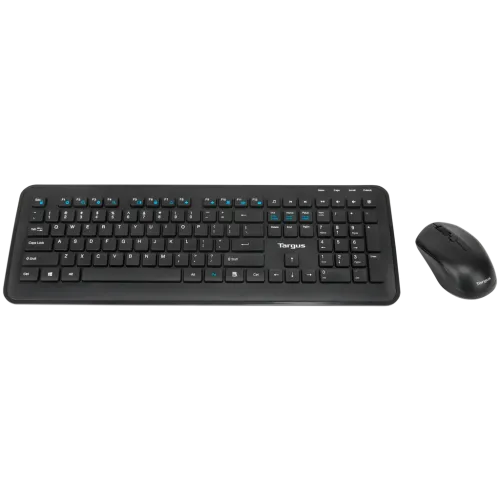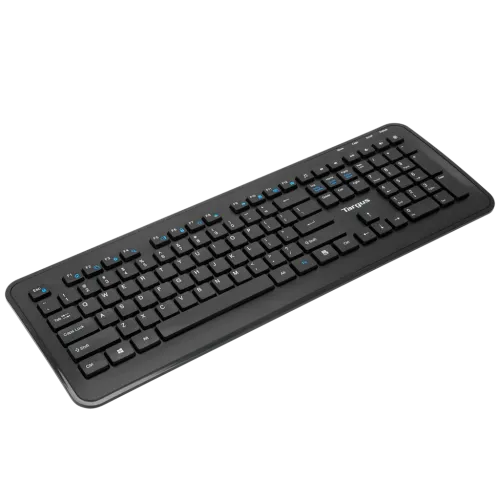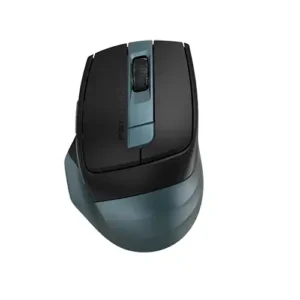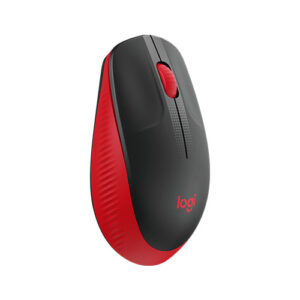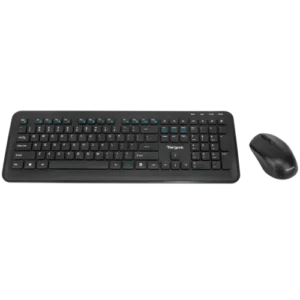Wireless Keyboard Specifications
When evaluating wireless keyboard specifications, one must first consider the physical dimensions, which significantly influence usability and ergonomics. The standard dimensions for a wireless keyboard are 45.5 cm in length, 2.5 cm in width, and 15.7 cm in height. These measurements suggest a compact design that fits comfortably on most desks, promoting an organized workspace while allowing ample room for other devices and documents. Additionally, the total weight of 541 grams strikes a balance between portability and stability, ensuring that the keyboard can be easily moved without feeling flimsy during use.
The functionality of a wireless keyboard extends beyond mere typing convenience. The absence of cords not only allows for an uncluttered workspace but also enhances mobility. Users can easily reposition the keyboard as needed, whether for collaborative work or personal comfort. This flexibility is particularly beneficial in dynamic environments such as offices, where desk arrangements may shift frequently. The wireless connectivity features further support this flexibility, typically utilizing Bluetooth or RF technologies that facilitate easy pairing with various devices. Most modern wireless keyboards offer robust connectivity, ensuring minimal latency, which is critical for both gaming and demanding professional tasks.
Moreover, notable design elements such as ergonomic layouts, adjustable heights, or customizable keys can significantly enhance the user experience. Key travel distance and tactile feedback are also important considerations for those who spend extended periods typing, as they can impact typing speed and comfort. Therefore, in practice, the specifications of a wireless keyboard reflect not only its physical attributes but also its overall functionality and suitability for diverse user needs.
Wireless Mouse Specifications
The specifications of a wireless mouse are fundamental to understanding its performance and usability. A key feature is the resolution, typically measured in dots per inch (dpi). For the wireless mouse in question, the resolution is set at 1,600 dpi, offering a balance of sensitivity and precision. This specification plays a vital role in cursor movement accuracy, particularly in high-resolution displays or task-intensive applications, such as graphic design or gaming, where minute adjustments can significantly impact the outcome.
Another important aspect to consider is the physical dimensions of the wireless mouse. This particular model measures 6.6 cm in length, 3.8 cm in width, and 1.1 cm in height, making it compact and easy to handle. The lightweight design, at just 70 grams, enhances portability, allowing users to easily carry it in a laptop bag or purse without adding extra weight. This is particularly advantageous for professionals who travel frequently or those who work remotely in various locations.
Moreover, there are several advantages associated with utilizing a wireless mouse. The absence of cables allows for unrestricted movement, providing users with greater flexibility and comfort. Enhanced ergonomics is another significant benefit; many wireless mice are designed to fit the natural contour of the hand, reducing strain during prolonged usage. Furthermore, the wireless functionality eliminates the clutter often seen with wired devices, contributing to a tidy workspace.
Lastly, the credibility of the wireless mouse is further assured by a generous warranty period of three years. This commitment from the manufacturer underscores the confidence in the product’s quality and reliability, offering consumers peace of mind with their purchase. These specifications collectively highlight the benefits and efficiency of choosing a wireless mouse for daily computing needs.
